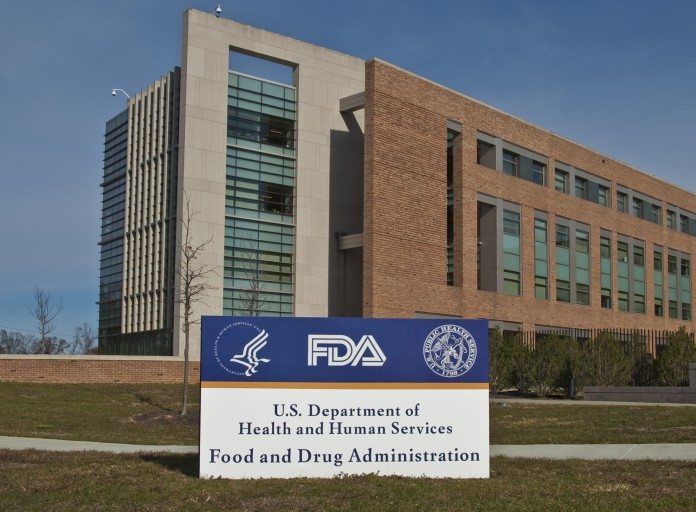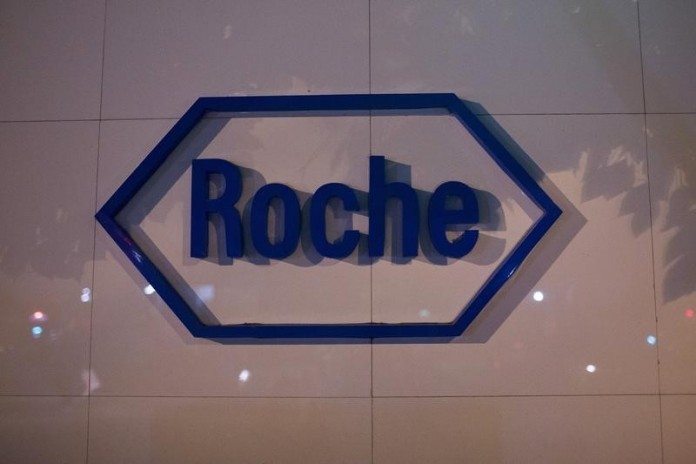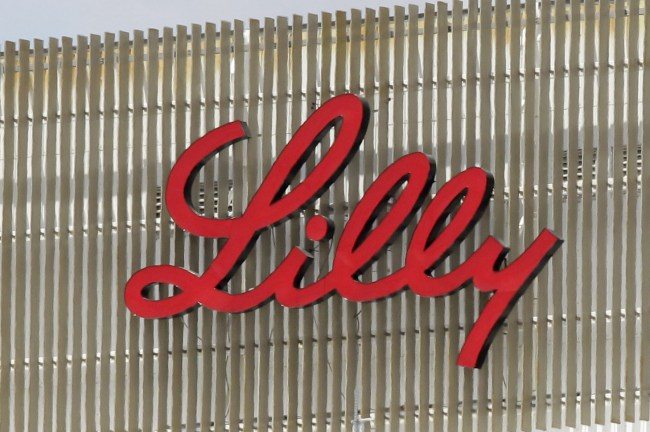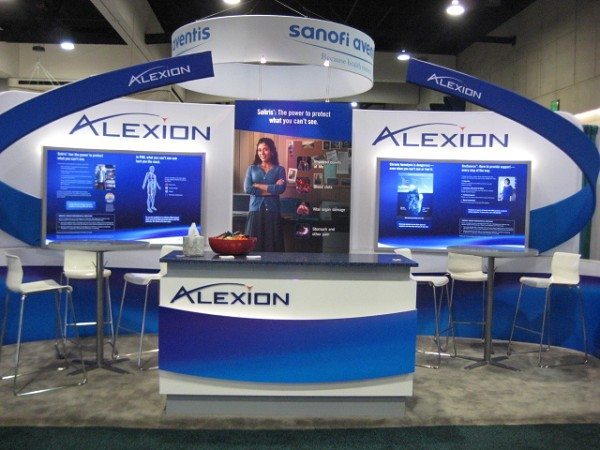At the end of November, Texas based biotech XBiotech, Inc. (NASDAQ:XBIT) released an update on an ongoing European phase III for its lead candidate, Xilonix. The trial is investigating the efficacy of Xilonix in the treatment of colorectal cancer. As part of the update, the company reported some inconsistencies in the trial data, when compared to previously released information. As a result, Xbiotech lost 45% of its market capitalization across two sessions, and while it has recovered slightly this week, still remains down close to 40% on its pre-announcement price. This may be, however, an opportunity to get in at a discount. Here’s why.
First up, let’s quickly address the drug in question. Xilonix is what’s called a True Human antibody – a term coined by XBiotech. True Human antibodies differ from Fully Human antibodies (a number of fully human antibodies are already approved in oncology) in that they are created by B-lymphocytes in the human body, rather than though genetic construction in a laboratory. Why is this important? Because when our bodies create antibodies, the antibody and the creator lymphocyte come under extreme scrutiny. If the antibody it has created is ineffective, or if the body rejects the antibody, our immune system induces apoptosis in the creator cell (programed cell death). If the antibodies are functional, our bodies promote the replication of the creator cell. This highly selective process is why our antibodies work, and why our bodies don’t reject them as foreign substances. Fully human antibodies don’t go through this process, and as such, have a weaker safety, efficacy profile than True Human antibodies – or so Xbiotech hypothesizes. Xilonix is a True Human antibody, created in human B Lymphocytes, and replicated in vivo for use as an oncology therapy for, in this instance, colorectal cancer.
And what about the errors in question? Well, the company reported that 25 patients dropped out before receiving treatment, 14 received either placebo or Xilonix in error and 33 completed the study but didn’t undergo the end of study DEXA scan (a bone density X-ray used as one of two primary endpoints), an EORTC evaluation (a conclusion survey, the second primary endpoint) or both. This means that, essentially, 72 patient’s data is unusable. The trial enrolled 276 patients, so 27%. Obviously, this is going to seriously affect the trial’s ability to demonstrate efficacy to the EMA. XBiotech was hoping to submit an NDA to the agency before the end of the year – chances are this will now be delayed as the company decides how to the data corruption. All is not over, however.
The company is running a concurrent phase III in the US, which is on track for completion I the first quarter of 2017. Enrollment is ongoing, and phase II (as well as some promising early indications from this phase III) suggest we will see a positive outcome. If the company can avoid the mishaps of the European trial, and if it can get its NDA to the EMA as scheduled for the European trial, both drugs could hit markets in 2017 (assuming accelerated approval in the US).
Even if the EMA requires a partial re-run of the European trial, it is a 16-month duration trial. Kicking off at the beginning of 2016, XBiotech could tie up the trial before April end 2017. What are we saying here? That essentially, all this amounts to is a delay – and it may not even amount to that, depending on what stance the EMA takes on the 25% fewer participation rate.
XBiotech went public this year, and has a little over $100 million cash on hand, just $4 million debt (and the majorty of that is accounts receivable) and a relatively low burn rate – somewhere in the region of $9 million a quarter based on recent performance. Yes, this burn rate will inflate as the US trial heats up, but even if it doubles the company could still easily make it to the second half of 2017 without having to raise funds; a very stable position in the dev-stage biotech space.
Of course, there is inherent risk. The EMA may take a hard line approach and reprimand XBiotech for allowing the corruption – something that would add cost. Further, Xilonix may not prove effective at all; colorectal cancer is notoriously difficult to treat and True Human antibodies are an entirely new approach.
Risk aside, however, we have a financially stable company with a promising candidate I global phase III trials, that is available today at a 40% discount to the price it traded at a couple of weeks ago. For the aggressive speculator – an intriguing opportunity.














